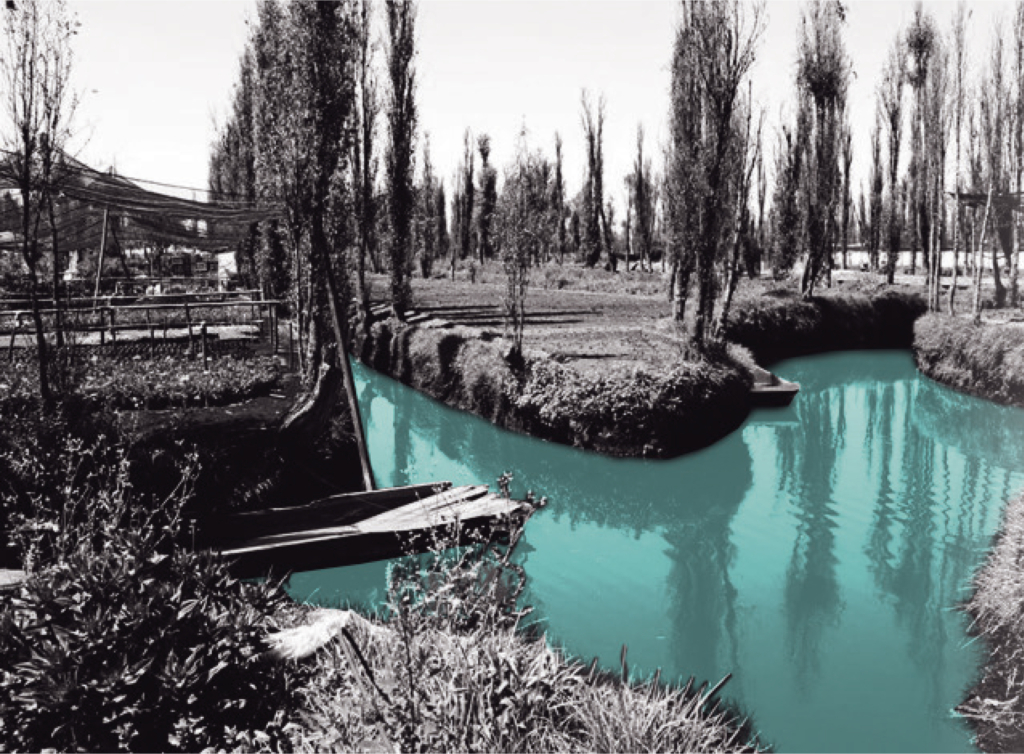
Floating gardens of the Aztec Empire of the city of Tenochtitlán.
Catalina Rey Hernández
2019
The Valley of Mexico is a highlands plateau, located in the Trans-Mexican Volcanic Belt. It contains most of the Mexico City Metropolitan Area. Hydrologically, it is an enclosed valley containing the bed of five lakes which are currently extinct. The lakes did not have a natural outlet for water to flow, leading to several floods in the area. The Spaniards decided to drain the former lake-beds to make the city safer, thus transforming the lacustrine landscape into a valley.
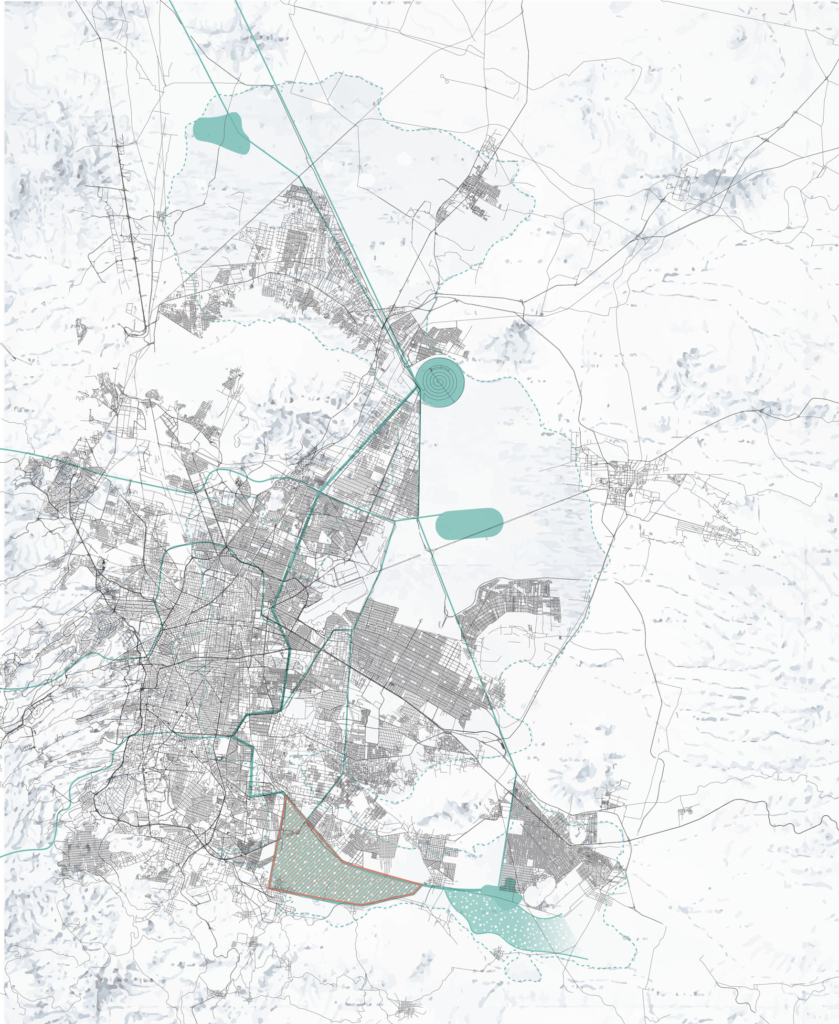
Chinampas, also known as floating gardens, are an ancient Mesoamerican water system for agriculture and territorial expansion. This was done through a raft covered with soil which was used to cultivate vegetables and flowers as well as to expand the territory on the water surface of lakes and lagoons of the valley of the city of Tenochtitlan, Mexico, converting it into a floating city.
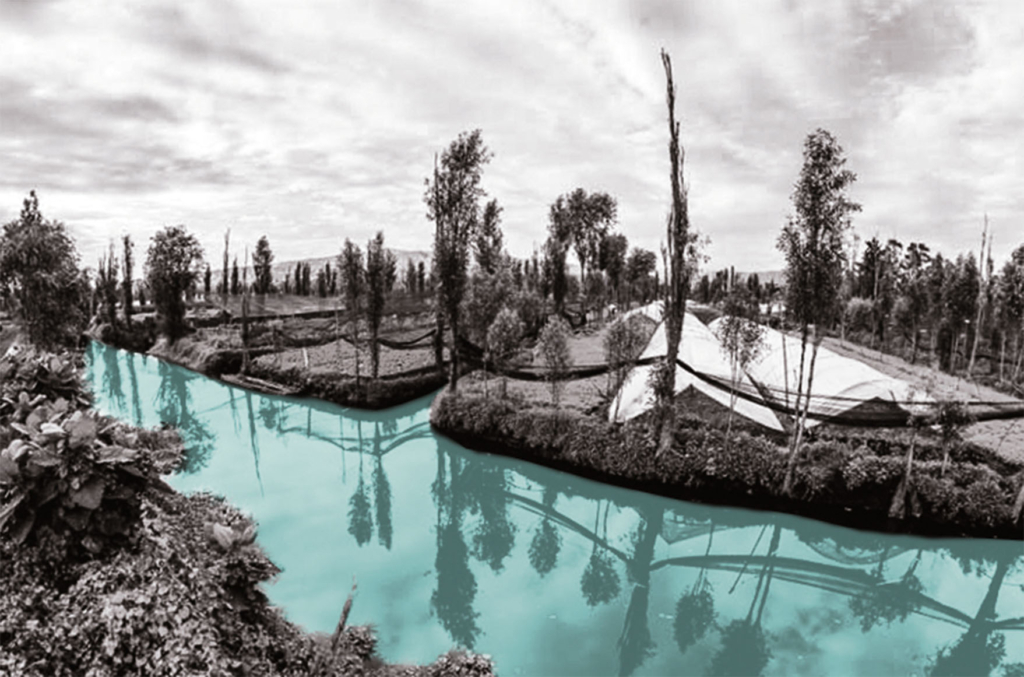

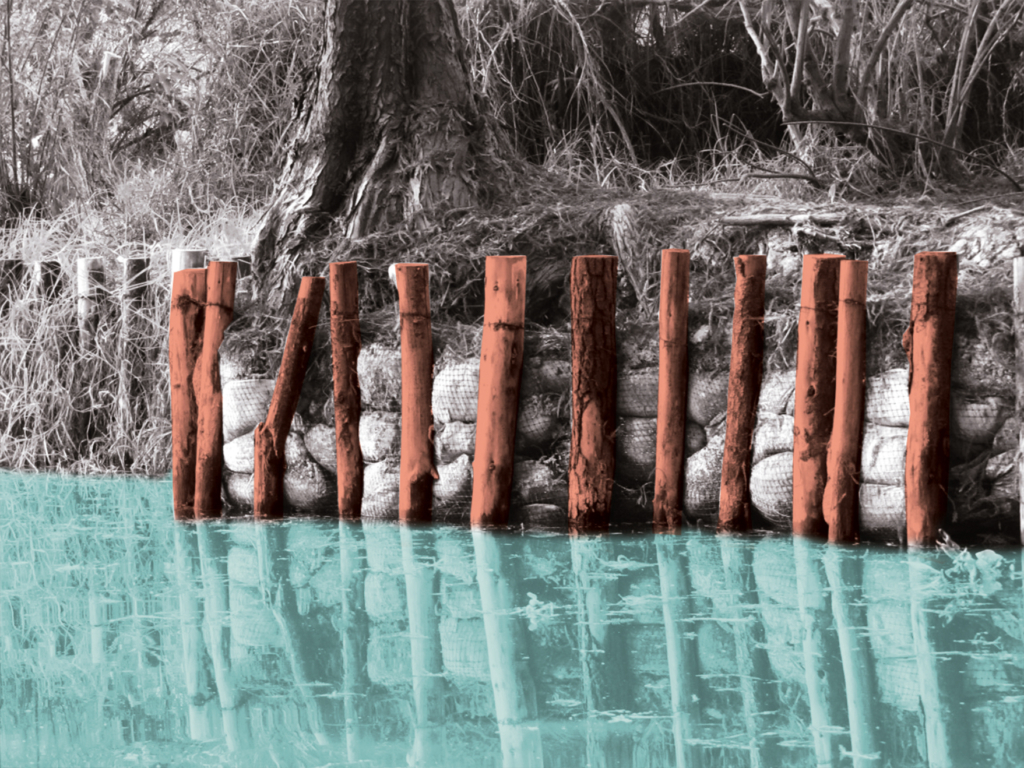
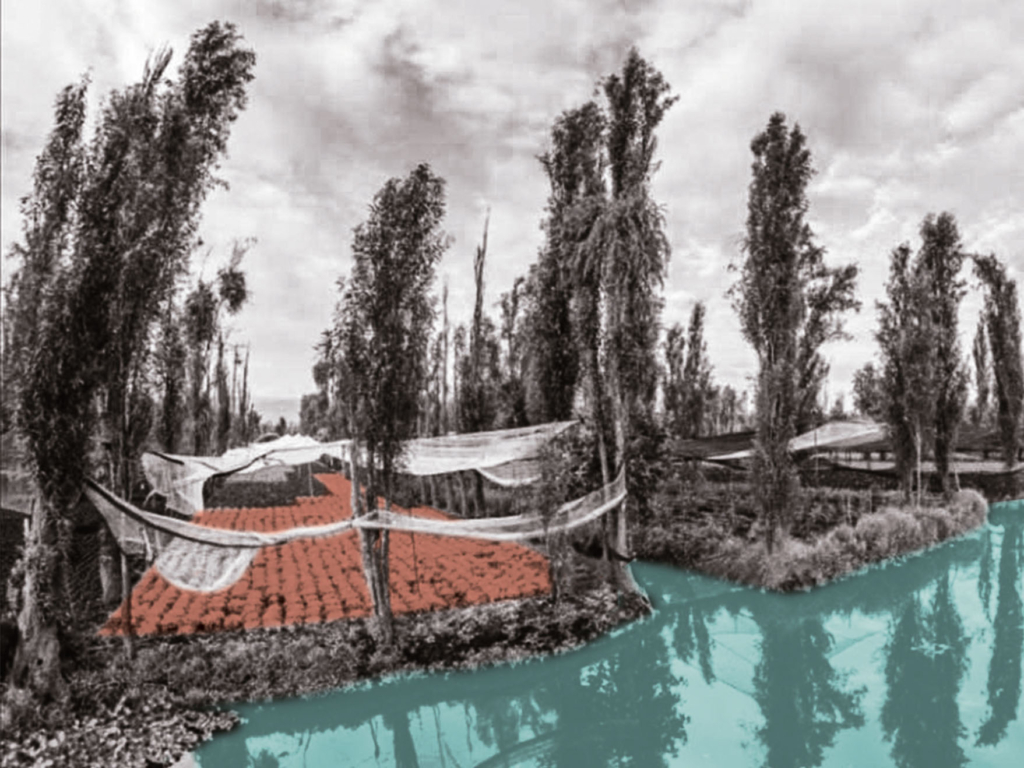
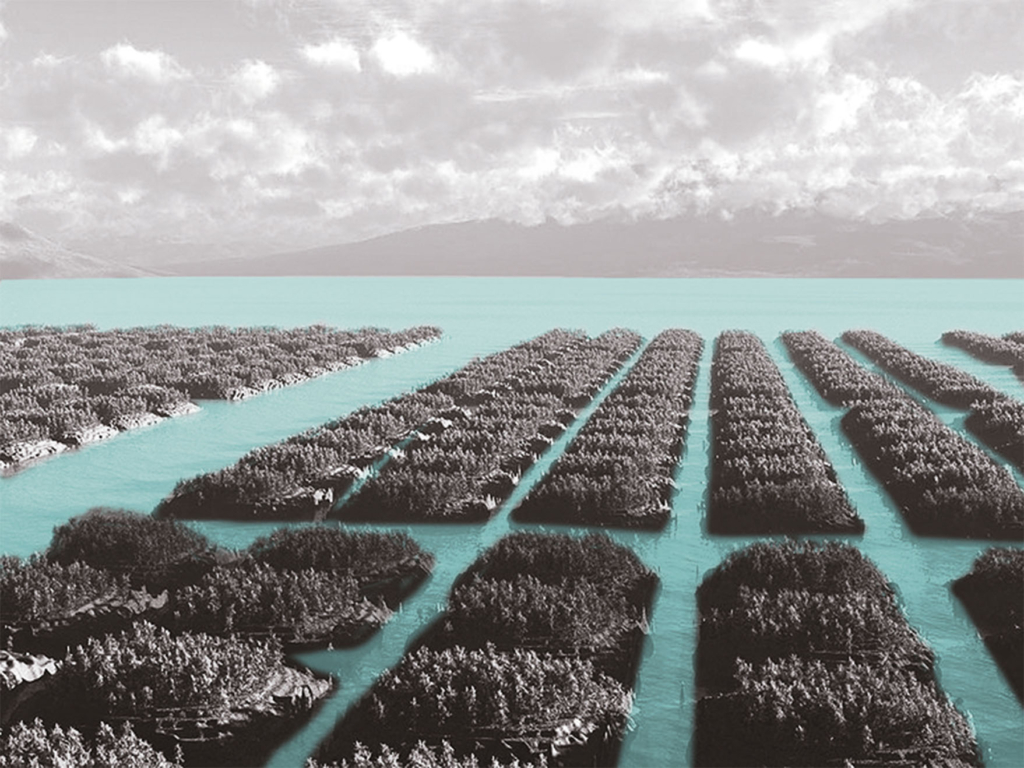
The origin of chinampas started with one of the main problems that the Aztecs faced: lack of land to build their houses. Tenochtitlan island didn’t have enough room for all the inhabitants. Therefore, they fixed this situation by extending those parts of the island where the water was shallow by reclaiming land with alternate beds of reeds and mud taken from the bottom of the lagoon. While the inhabited islands could be enlarged, other lands could be created to support wildlife for hunting and gathering, while other Chinampas served as extensive gardens.
Circular Stories
Today, Chinampas are still present in the southern part of the Valley of Mexico, on the canals of Xochimilco. Although many of these floating gardens were constructed and thoroughly tended to from the Post-Classic period through the Spanish conquest, many of these plots of land still exist and are in active use thanks to present-day farmers that have revived this traditional water system. In addition, the traditional way of cultivation and the form of transport have attracted many tourists who want to experience the Chinampas, through piragüas (traditional canoes) especially to see flower nurseries.


For the entire booklet of the Chinampas agriculture and settlement patterns be so kind as to contact us through the form in the Contact section.